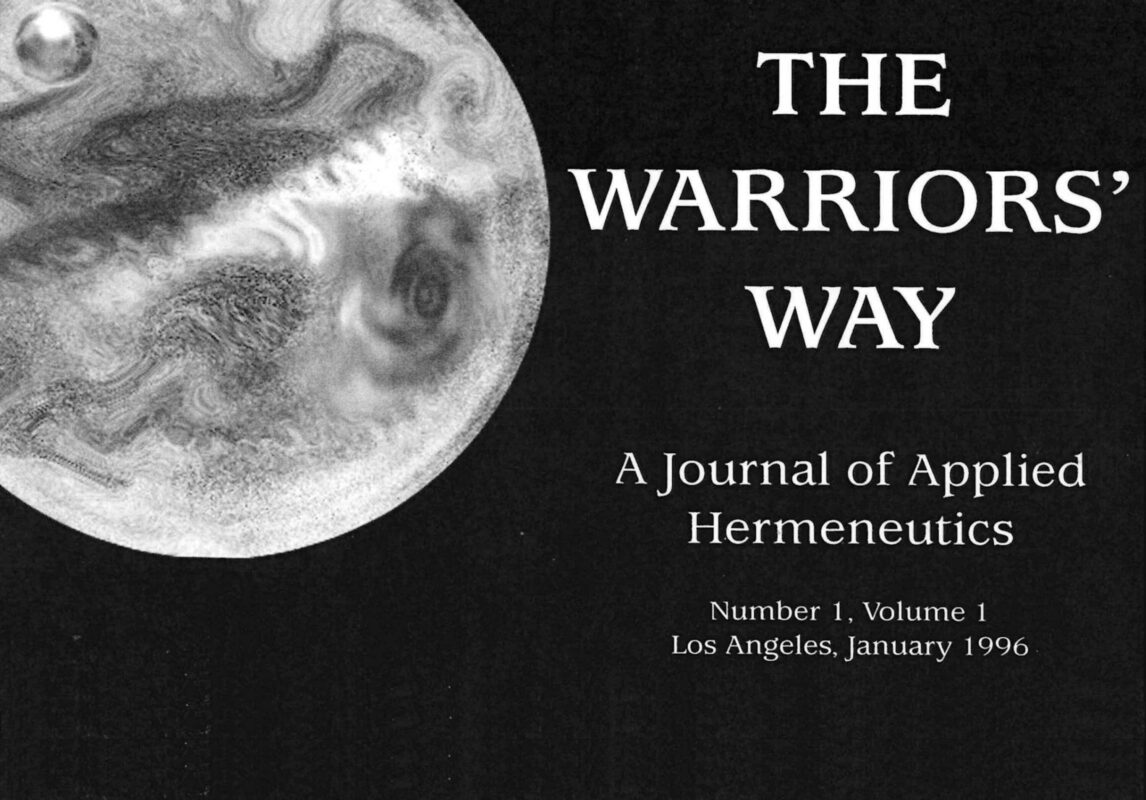The New Area of Exploration – The Art of Dreaming
In this chapter, Carlos Castaneda progresses to the “new area of exploration” in dreaming, focusing on **seeing energy** by voicing his intent. He recounts his initial struggles with this practice, as items in his dreams would vanish or change. Don Juan explains that his previous dreams were merely “phantom projections” and that true seeing occurs when the **energy body** perceives energy-generating items in a real world. Castaneda describes a vivid dream where he saw objects glow and encountered an aggressive, hateful energy. Don Juan reveals this was a real journey to another layer of the universe, where an entity attacked him due to his “availability.” Don Juan further reveals the profound and disturbing truth that the energy sorcerers use to move their **assemblage points** comes from the **inorganic beings’ realm**, a legacy from ancient sorcerers. Despite the danger, Castaneda is urged to continue his practices, maintain **impeccability**, and strive for **freedom** by subtly “stalking” the inorganic beings and taking their energy without succumbing to their influence.
The New Area of Exploration – The Art of Dreaming Read More »

